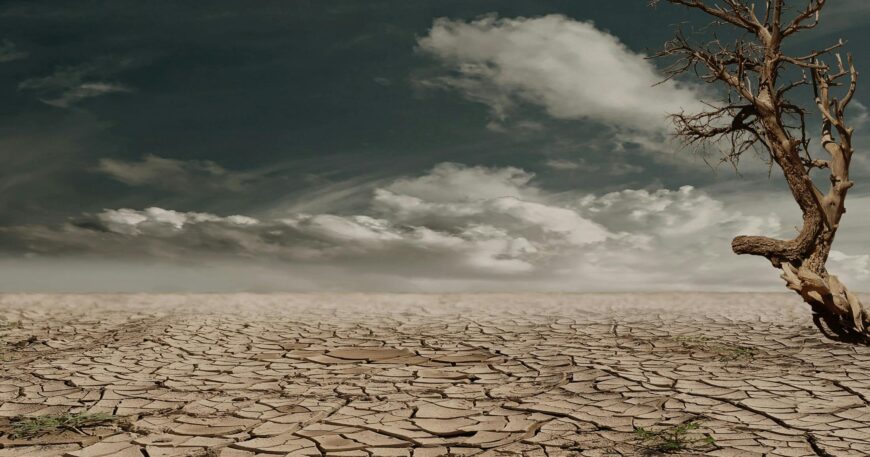How Secure Is Zambia’s Food Basket?
By Jane Phiri The rainfall pattern of Rufunsa District for the 2022-2023 rain season has generally been Normal to below Normal. Most parts of the District are dependent on the rains for Agriculture. Most farmers in Rufunsa grow maize and soya beans. Climate Change has continued to affect the way people live in the district and most probably will continue to do so until something is done. Continued human activities and industrialisation will continue to impact the globe. Temperatures have continued to rise above normal in the district. Most maize farmers have been affected this season as crops in most parts of the district have not done well. In an interview with a Rufunsa local farmer Mr. Jack Phiri said, “The rainfall pattern for this year hasn’t been very good. Look at most of the fields, the maize has dried up even before the maturing stage. The usage of chemical fertilisers and weed killers has also negatively affected the fertility of the soils in the district.” Mr. Phiri urged the Government to come up with programs that will encourage farmers to plant crops that are resilient to climate change to make sure that Zambia becomes food secure. Food security for the country is very important as this will make it easy for the country to fight poverty. Food security can only be achieved if the impacts of Climate Change are minimised.













